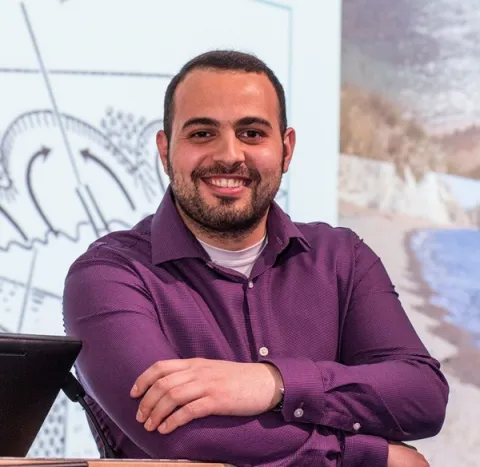About the project
A natural tidal inlet (Pagham Harbour) and managed realignment site (Medmerry) have exhibited significant annual morphological change, making site management challenging. Using historical data, data analysis and modelling, the research will investigate the two sites and seek to explain what causes the observed phases of delta and spit formation.
Tidal inlets provide an important protected marine/brackish environment on the open coast. In some instances, these inlets are constrained by walls and jetties, whereas in others the delta and spits respond to the wave, tide and sediment processes to create a highly dynamic system. The two sites, situated in the south coast, illustrate this range of dynamics, have undergone varying degrees of management intervention, and, over recent decades, have benefited from extensive monitoring.
This project will undertake a detailed comparative analysis of the evolution of each site using the historical data as a key source. A numerical model will be used to isolate key processes and evaluate the model’s ability to hindcast the observed changes, especially the switching between delta and spit formations. Field work to collect any data needed to setup and validate the model will be an integral part of the project. Consideration will also be given to a suitable application of Machine Learning and the development of an aggregated (appropriate complexity) model that captures the key processes identified.
The results will be of direct benefit to the management of the sites but will also be of value for understanding tidal inlets globally. The interest afforded these two sites provides a unique opportunity for a detailed investigation of some complex morphodynamics and an opportunity to engage with the agencies and stakeholders active in ongoing site management (EA, NE, RSPB, ABPmer, CCO, Pagham Advisory Group) and international researchers active on this topic (e.g., AGU, EGU and RCEM conferences)
Supervisory team
The supervisory team includes supervisors from several organisations. Please contact the Lead Supervisor for more information about the team.
Training
The INSPIRE DTP programme provides comprehensive personal and professional development training alongside extensive opportunities for students to expand their multi-disciplinary outlook through interactions with a wide network of academic, research and industrial/policy partners. The student will be registered at the University of Southampton and hosted at the University of Southampton.
Specific training will include:
- How to use coastal data analysis tools (SANDS, CoastalTools, etc)
- Accompany NNRCMP/CCO staff on site surveys, undertake additional site-specific data collection and analysis
- Training in use of suitable process models of morphological change (TELEMAC, Delft3d, ASMITA)
- How to validate numerical models of morphological change
- Training coding and Machine Learning (Python/Matlab)
